If the buzz is to be believed, LK-99 could be a game-changer. It’s touted as a flawless superconductor that could bring nuclear fusion closer to reality and make levitating trains a common mode of transport.
At least, that’s the narrative circulating on social media, though many experts are not convinced by this new discovery.
The excitement has surged on platforms like Twitter (now rebranding to X), Twitch, and Reddit, where LK-99 is being celebrated as a monumental breakthrough in physics.
Academic researchers and enthusiastic amateurs alike are racing to verify LK-99’s authenticity by trying to replicate it themselves.
This hands-on approach aims to determine if LK-99 truly possesses the remarkable properties described by the researchers who first introduced it in controversial papers published in July.
While these experts would love to see such a superconductor succeed—one that can transmit electricity with zero resistance at room temperature and standard atmospheric pressure—they remain skeptical.
We are still awaiting more conclusive results from ongoing efforts to verify the claims surrounding LK-99.
So, what exactly is LK-99?
Though it may look like an ordinary dark gray rock, LK-99 is a polycrystalline material composed of lead, oxygen, and phosphorus that has been “doped” with copper.
A group of researchers sparked a frenzy in late July when they published papers describing LK-99, declaring it to be “a brand-new historical event that opens a new era for humankind.”
These papers, authored by leading researchers from the Quantum Energy Research Centre in South Korea, claim that LK-99 is the world’s first superconductor that operates at room temperature and ambient pressure.
This means it can conduct electricity without resistance in everyday conditions. The significance of eliminating resistance cannot be overstated. Currently, power grids and electronic devices lose substantial amounts of electricity due to resistance in less efficient materials.
There are existing superconductors used in magnetic resonance imaging (MRI) machines, quantum computers, and nuclear fusion devices.
However, these superconductors only function at extremely low temperatures or high pressures, making them too costly and complex for most everyday applications.
“A technologically viable room-temperature superconductor isn’t just Nobel Prize material. If you’ve patented it, its value is essentially incalculable,” says Chris Grovenor, a professor of materials at the University of Oxford and director of the Centre for Applied Superconductivity. “It could transform so many industries.”
Since the initial excitement, further research into LK-99 has shown that it might not live up to the hype.
“It’s NOT a superconductor,” the University of Maryland’s Condensed Matter Theory Center (CMTC) tweeted on August 7th, citing results from the CSIR-National Physical Laboratory in India and the International Center for Quantum Materials in China.
LK-99’s rise to fame began with preprints—research papers that haven’t undergone peer review. The gold standard for new scientific research is publication in a reputable peer-reviewed journal.
Two preprints were published in late July on arXiv, and a related study appeared earlier this year in the Journal of the Korean Crystal Growth and Crystal Technology.
The efforts now underway to replicate the findings in these preprints are critical, but there are other issues that have raised concerns among experts.
First, the data presented in the preprints is inconsistent; the two papers even contradict each other. There is also reported conflict between the authors, with three named on one paper and six on the other.
According to New Scientist, one of the papers is said to contain “many defects,” as stated by an author of the other paper, Hyun-Tak Kim, a physics research professor at William & Mary.
Kim also claimed that the preprint was uploaded to arXiv without his consent.
Grovenor notes that the researchers did not conduct a heat anomaly test, which is standard practice in major laboratories studying these materials.
“All superconductors proven to date show this specific heat anomaly,” he explains. “If there is no specific heat anomaly, it’s not a superconductor.”
The preprints are also vague in their definition of “zero” resistance, according to Nadya Mason, a condensed matter physicist at the University of Illinois Urbana-Champaign.
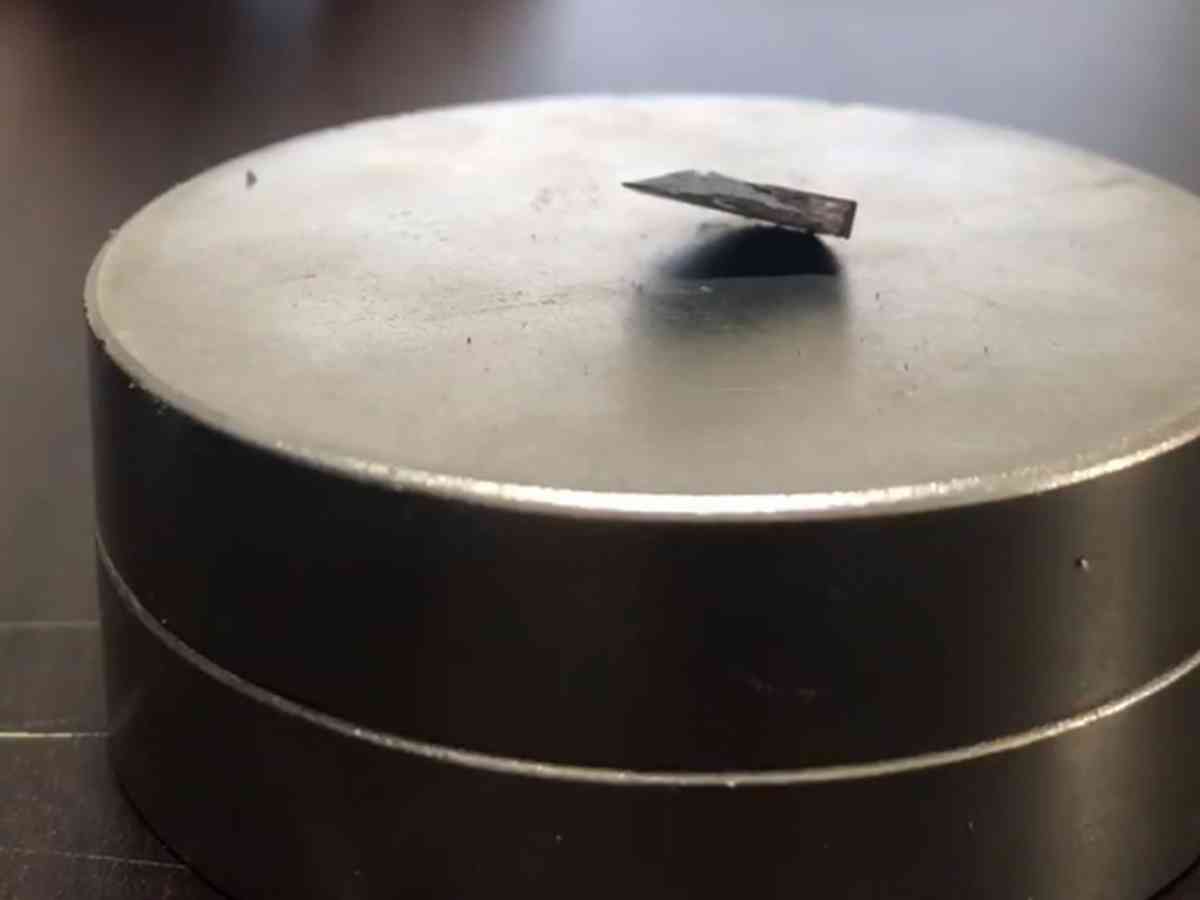
Superconductors should exhibit zero electrical resistance, but the preprints display “zero” on a scale that makes it difficult to discern whether LK-99 is truly a perfect superconductor or merely an excellent conductor.
“Metal is a really, really, really, really, really good conductor,” Mason says. “But it’s still not perfect. You do lose a lot of energy in heat. That’s why our laptops get hot and why so much energy is lost in the power grid. So it really matters whether you have a perfect conductor or just a very good one.”
The basic components of LK-99 have also raised questions. Unlike many superconductors, which are typically made from metals, LK-99 starts as a non-conducting mineral.
“When you start with a rock, chances are you’ll end with a rock,” says Michael Norman, a distinguished fellow and former director of the materials science division at Argonne National Laboratory.
Doping the material with copper is intended to transform it, but it’s unclear how or where the copper is supposed to go to achieve this transformation.
“This discovery is completely out of the blue,” says David Larbalestier, chief materials scientist at the National High Magnetic Field Laboratory and professor at FAMU-FSU College of Engineering. “I honestly don’t know what the idea was behind doping this [mineral] with copper.”
Haven’t we seen drama around a room-temperature superconductor before LK-99?
Yes, there’s been drama before. In 2020, a team from the University of Rochester claimed they had discovered a room-temperature superconductor made from hydrogen, sulfur, and carbon.
However, the research was later retracted due to issues with the study’s data processing. “It makes most of us very, very wary of claims and cases where people can’t reproduce their data.”
The Rochester team tried again. In March, they published another paper on a room-temperature superconductor made from nitrogen, hydrogen, and the rare earth metal lutetium.
They called it “reddmatter,” after a fictional material in Star Trek that forms black holes. That paper is still under scrutiny, especially since one of the key researchers from Rochester faces separate allegations of plagiarism and data fabrication in his other work.
“This is not good for the field. It makes most of us very wary of claims and cases where people can’t reproduce their data,” Mason says. “Science relies on reproducibility and our ability to be open with each other and test one another’s results.”
How successful have replication efforts been in determining if LK-99 is superconducting?
It’s not just large research labs trying to see if LK-99 lives up to its hype. Since LK-99 is made from relatively simple ingredients and doesn’t require extreme conditions, others with access to the materials and equipment are also trying their hand.
A video showing a piece of LK-99, made by a team from Huazhong University of Science and Technology, appears to levitate.
Floating above a magnet is a sign of diamagnetism, where a material repels a magnetic field—a classic indicator of a superconductor, observed through the Meissner effect. The original researchers behind LK-99 also included a video of it partially levitating.
But it’s important to remember that levitation alone doesn’t confirm superconductivity. The material still needs to demonstrate zero electrical resistance in rigorous testing. Other materials, like graphite, also levitate due to diamagnetism, so LK-99 might simply be a new type of diamagnetic material.
Other research groups have since published preprints on arXiv, reporting their attempts to replicate LK-99. These groups have not found evidence of room-temperature superconductivity. Grovenor points to a paper from the CSIR-National Physical Laboratory in India, which he describes as “good quality and sensible.”
Lawrence Berkeley materials scientist Sinéad Griffin posted her analysis on Twitter, accompanied by a GIF of Barack Obama dropping a mic.
This led some to interpret her results as supporting LK-99’s superconductivity. However, Griffin later clarified, “TLDR: My paper did not prove nor give evidence of superconductivity.” She explained that the material showed potential if the copper was placed correctly during doping, but nothing extraordinary happens if the copper is misplaced.
Other prominent institutions, including Argonne National Laboratory and FAMU-FSU College of Engineering, have yet to share their findings. “Within a week or two, we’re going to have 20, 30, 40, 50, or 100 labs that will have attempted various syntheses. So it’s going to be clear pretty quickly,” says Larbalestier.
Let’s assume someone successfully creates a batch of LK-99 that passes all superconductivity tests in a week or two. What happens next? Even then, there’s no guarantee that LK-99 will revolutionize everything electric

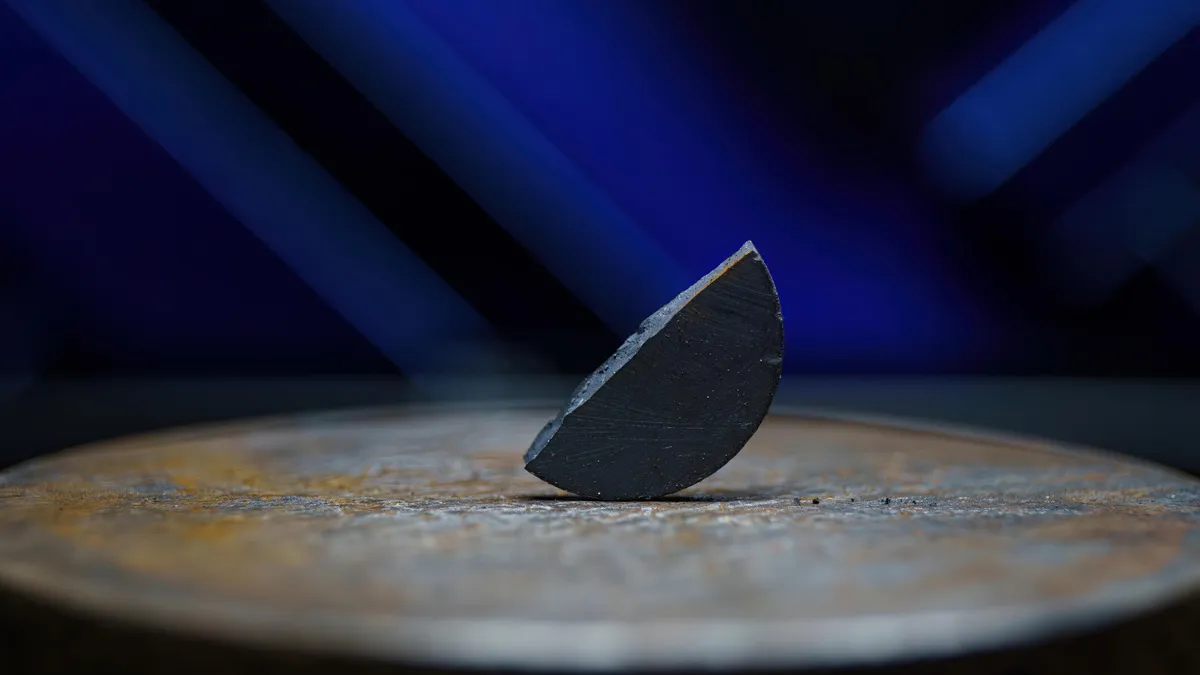
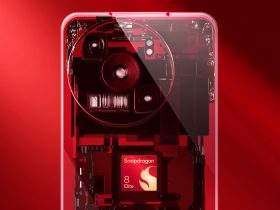
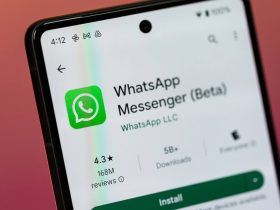


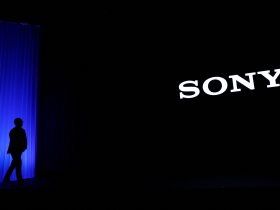
Leave a Reply